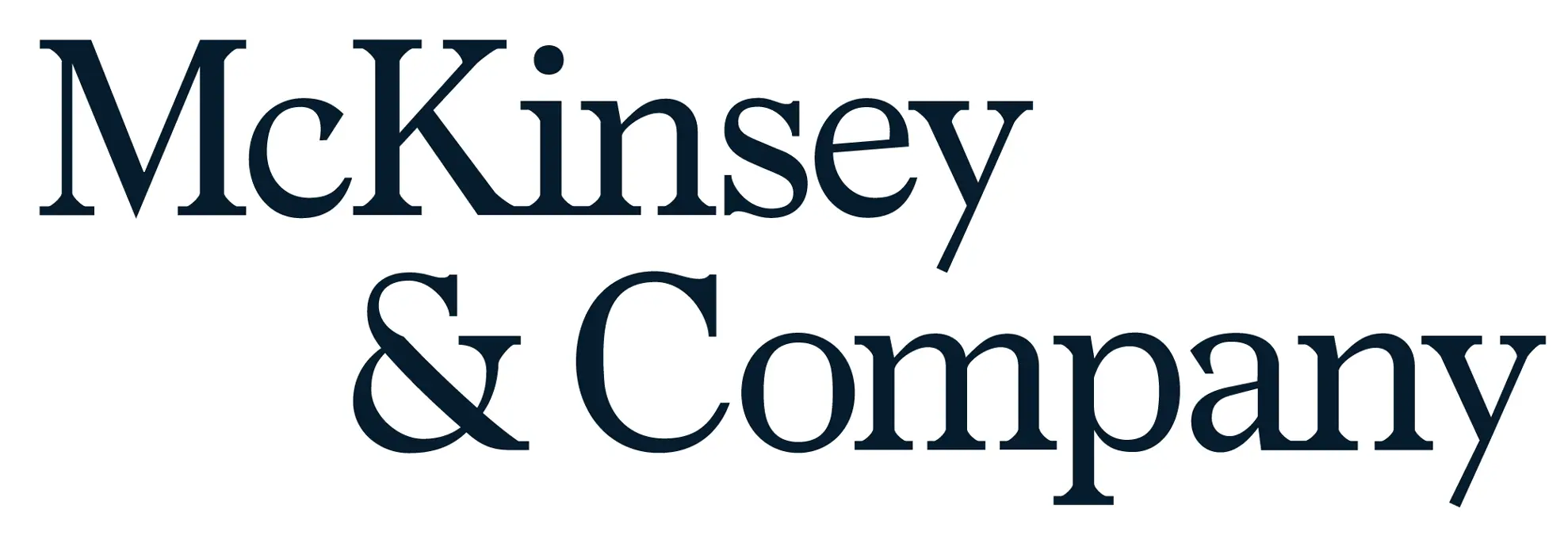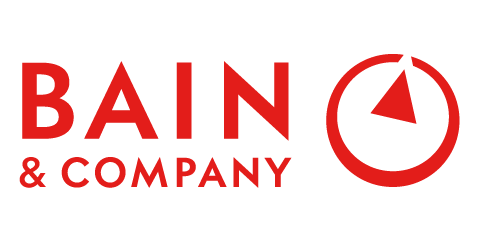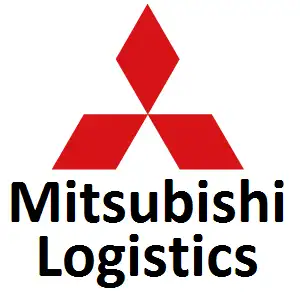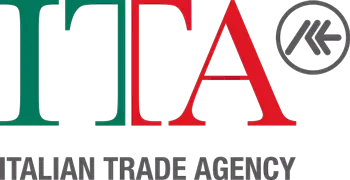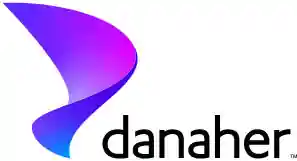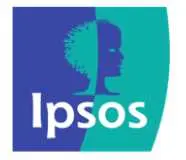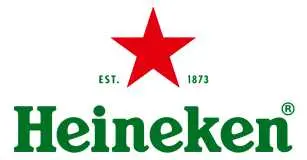
Massage Oil Market Growth, Size, Trends, Demand, Revenue, Challenges and Future Competition
Global Massage Oil Market Size- By Product Type, By Application, By Price Point, By End User, By Distribution Channel- Regional Outlook, Competitive Strategies and Segment Forecast to 2032
| Published: Dec-2022 | Report ID: FMCG2203 | Pages: 1 - 236 | Formats*: |
| Category : Consumer & Retail | |||
- May 2021: The Truly Coconut Massage Oil from BIOTONE. The oil contains popular caprylic-capric triglycerides and organic, unrefined coconut oil, which offers an exceptional glide and a light, natural aroma that relieves the client's stress and promotes relaxation.
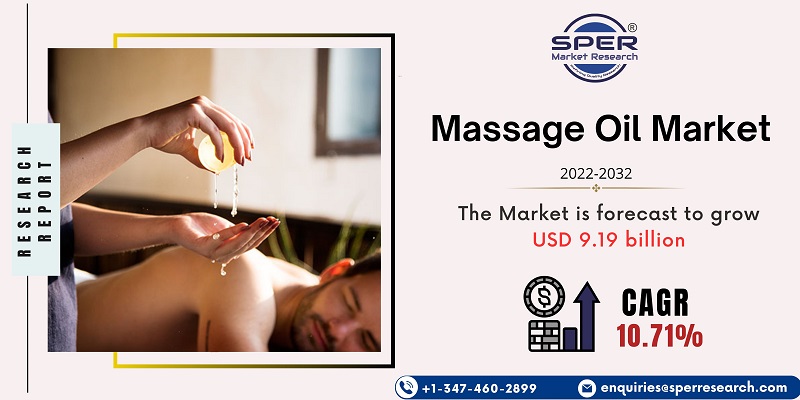
| Report Metric | Details |
| Market size available for years | 2019-2032 |
| Base year considered | 2021 |
| Forecast period | 2022-2032 |
| Segments covered | By Product Type, By Application, By Price Point, By End User, By Distribution Channel |
| Regions covered | North America, Europe, Asia Pacific, Latin America, Middle East and Africa |
| Companies Covered | Bath & Body Works, LLC, Bon Vital, Inc., Frontier Co-op, Kneipp-Werke Kneipp-Mittel-Zentrale GmbH & Company KG, Natural Bath & Body Products Private Limited, Raven Moon Emporium, LLC, Scandal Candles Co., Soothing Touch Ltd, The Body Shop International Limited, The Himalaya Drug Company. |
- Beauty and Cosmetics Companies
- Consumers
- Healthcare Facilities
- Hotels and Resorts
- Manufacturers and Suppliers
- Massage Therapists and Practitioners
- Online Marketplaces
- Retailers
- Spas and Wellness Centers
- Wellness and Health Retreats
- Others
| By Application: |
|
| By Price Point: |
|
| By End User: |
|
| By Distribution Channel: |
|
- Size of Global Massage Oil Market (FY’2019-FY’2032)
- Overview of Global Massage Oil Market
- Segmentation of Global Massage Oil Market By Product Type (Almond, Citrus, Coconut, Olive, Others)
- Segmentation of Global Massage Oil Market By Application (Medical Therapeutics, Spa and Wellness Centres, Other)
- Segmentation of Global Massage Oil Market By Price Point (Economy, Medium, Premium)
- Segmentation of Global Massage Oil Market By End User (Adults, Youngsters, other)
- Segmentation of Global Massage Oil Market By Distribution Channel (B2b, B2C, online)
- Statistical Snap of Global Massage Oil Market
- Global Massage Oil Market Growth Analysis
- Problems and Challenges in Global Massage Oil Market
- Global Massage Oil Market Competitive Landscape
- Impact of COVID-19 and Demonetization on Global Massage Oil Market
- Details on Recent Investment in Global Massage Oil Market
- Competitive Analysis of Global Massage Oil Market
- Major Players in the Global Massage Oil Market
- SWOT Analysis of Global Massage Oil Market
- Global Massage Oil Market Future Outlook and Projections (FY’2019-FY’2032)
- Recommendations from Analyst
1.1. Scope of the report1.2. Market segment analysis
2.1 Research data source
2.1.1 Secondary data2.1.2 Primary data2.1.3 SPER’s internal database2.1.4 Premium insight from KOL’s
2.2 Market size estimation
2.2.1 Top-down and Bottom-up approach
2.3 Data triangulation
4.1. Driver, Restraint, Opportunity and Challenges analysis
4.1.1 Drivers4.1.2 Restraints4.1.3 Opportunities4.1.4 Challenges
4.2. COVID-19 Impacts of the Global Massage Oil Market
5.1. SWOT analysis
5.1.1 Strengths5.1.2 Weaknesses5.1.3 Opportunities5.1.4 Threats
5.2. PESTEL analysis
5.2.1 Political landscape5.2.2 Economic landscape5.2.3 Social landscape5.2.4 Technological landscape5.2.5 Environmental landscape5.2.6 Legal landscape
5.3. PORTER’S five forces analysis
5.3.1 Bargaining power of suppliers5.3.2 Bargaining power of Buyers5.3.3 Threat of Substitute5.3.4 Threat of new entrant5.3.5 Competitive rivalry
5.4. Heat map analysis
6.1. Almond6.2. Citrus6.3. Coconut6.4. Olive6.5. Others
7.1. Medical Therapeutics7.2. Spa and Wellness Centres7.3. Other
8.1. Economy8.2. Medium8.3. Premium
9.1. Adults9.2. Youngsters9.3. Other
10.1. B2b10.2. B2C10.3. Online
11.1. North America
11.1.1. United States11.1.2. Canada11.1.3. Mexico
11.2. Europe
11.2.1. Germany11.2.2. United Kingdom11.2.3. France11.2.4. Italy11.2.5. Spain11.2.6. Rest of Europe
11.3. Asia-Pacific
11.3.1. China11.3.2. Japan11.3.3. India11.3.4. Australia11.3.5. South Korea11.3.6. Rest of Asia-Pacific
11.4. South America
11.4.1. Brazil11.4.2. Argentina11.4.3. Rest of South America
11.5. Middle East & Africa
11.5.1. Kingdom of Saudi Arabia11.5.2. United Arab Emirates11.5.3. Rest of Middle East & Africa
12.1.1. Company details12.1.2. Financial outlook12.1.3. Product summary12.1.4. Recent developments
12.2.1. Company details12.2.2. Financial outlook12.2.3. Product summary12.2.4. Recent developments
12.3.1. Company details12.3.2. Financial outlook12.3.3. Product summary12.3.4. Recent developments
12.4.1. Company details12.4.2. Financial outlook12.4.3. Product summary12.4.4. Recent developments
12.5.1. Company details12.5.2. Financial outlook12.5.3. Product summary12.5.4. Recent developments
12.6.1. Company details12.6.2. Financial outlook12.6.3. Product summary12.6.4. Recent developments
12.7.1. Company details12.7.2. Financial outlook12.7.3. Product summary12.7.4. Recent developments
12.8.1. Company details12.8.2. Financial outlook12.8.3. Product summary12.8.4. Recent developments
12.9.1. Company details12.9.2. Financial outlook12.9.3. Product summary12.9.4. Recent developments
12.10.1. Company details12.10.2. Financial outlook12.10.3. Product summary12.10.4. Recent developments
SPER Market Research’s methodology uses great emphasis on primary research to ensure that the market intelligence insights are up to date, reliable and accurate. Primary interviews are done with players involved in each phase of a supply chain to analyze the market forecasting. The secondary research method is used to help you fully understand how the future markets and the spending patterns look likes.
The report is based on in-depth qualitative and quantitative analysis of the Product Market. The quantitative analysis involves the application of various projection and sampling techniques. The qualitative analysis involves primary interviews, surveys, and vendor briefings. The data gathered as a result of these processes are validated through experts opinion. Our research methodology entails an ideal mixture of primary and secondary initiatives.
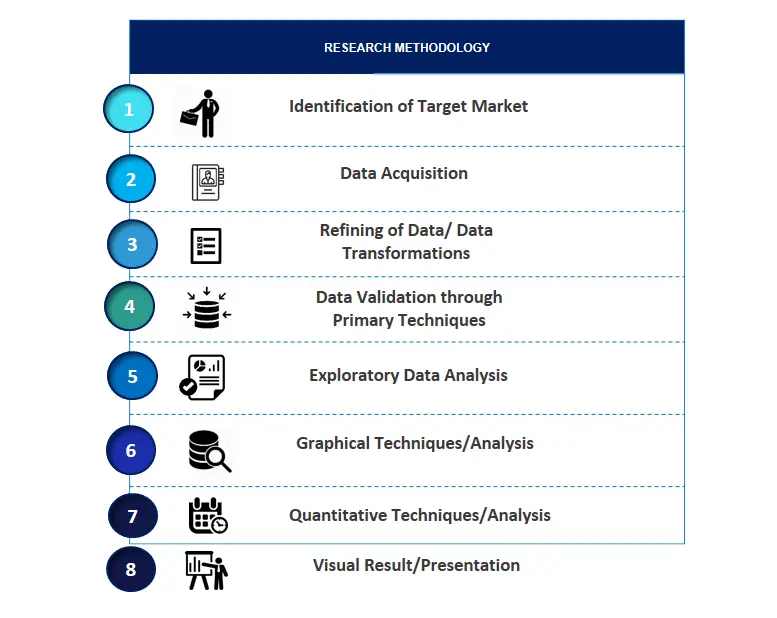
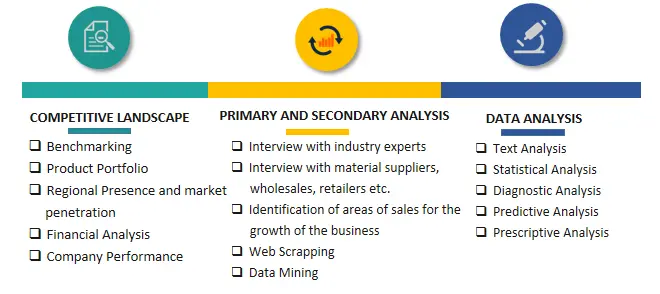

Frequently Asked Questions About This Report
PLACE AN ORDER
Year End Discount
Sample Report
Pre-Purchase Inquiry
NEED CUSTOMIZATION?
Request CustomizationCALL OR EMAIL US
100% Secure Payment
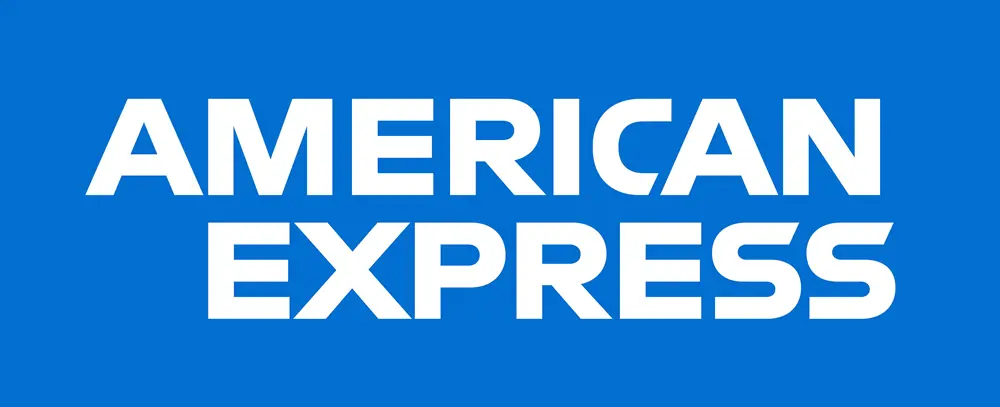
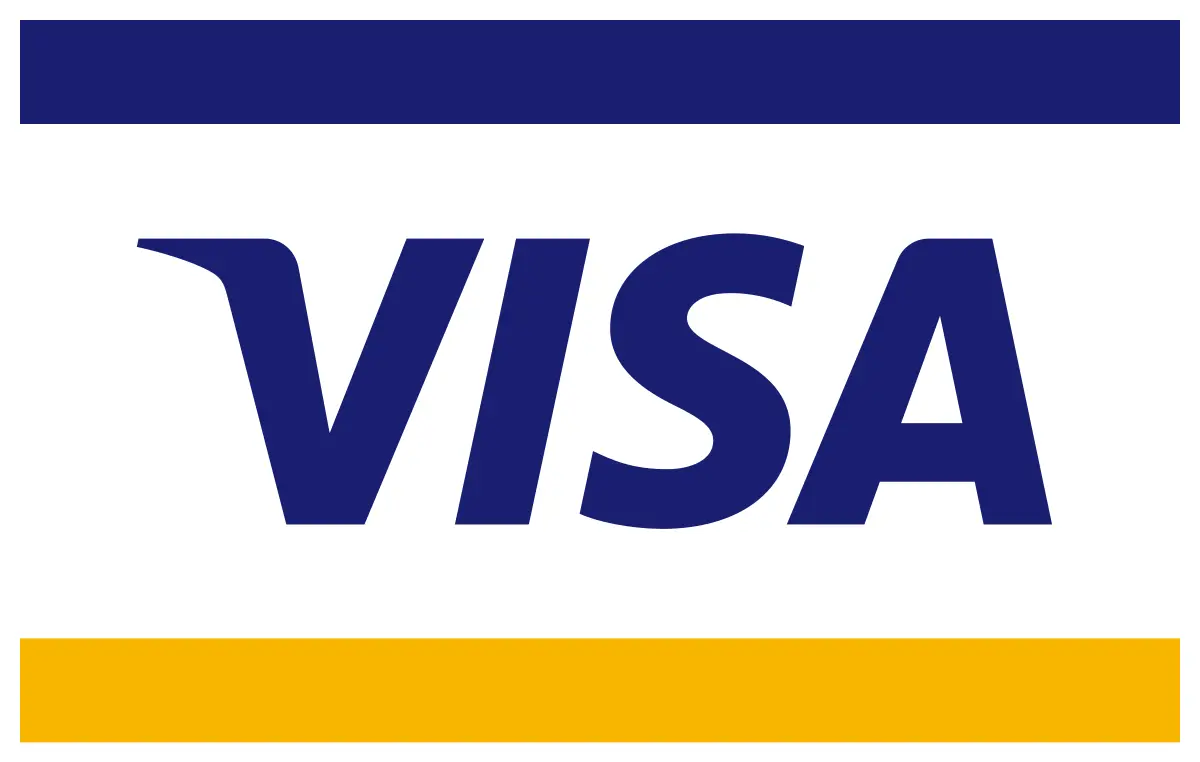




Related Reports
Our Global Clients
Our data-driven insights have influenced the strategy of 200+ reputed companies across the globe.






